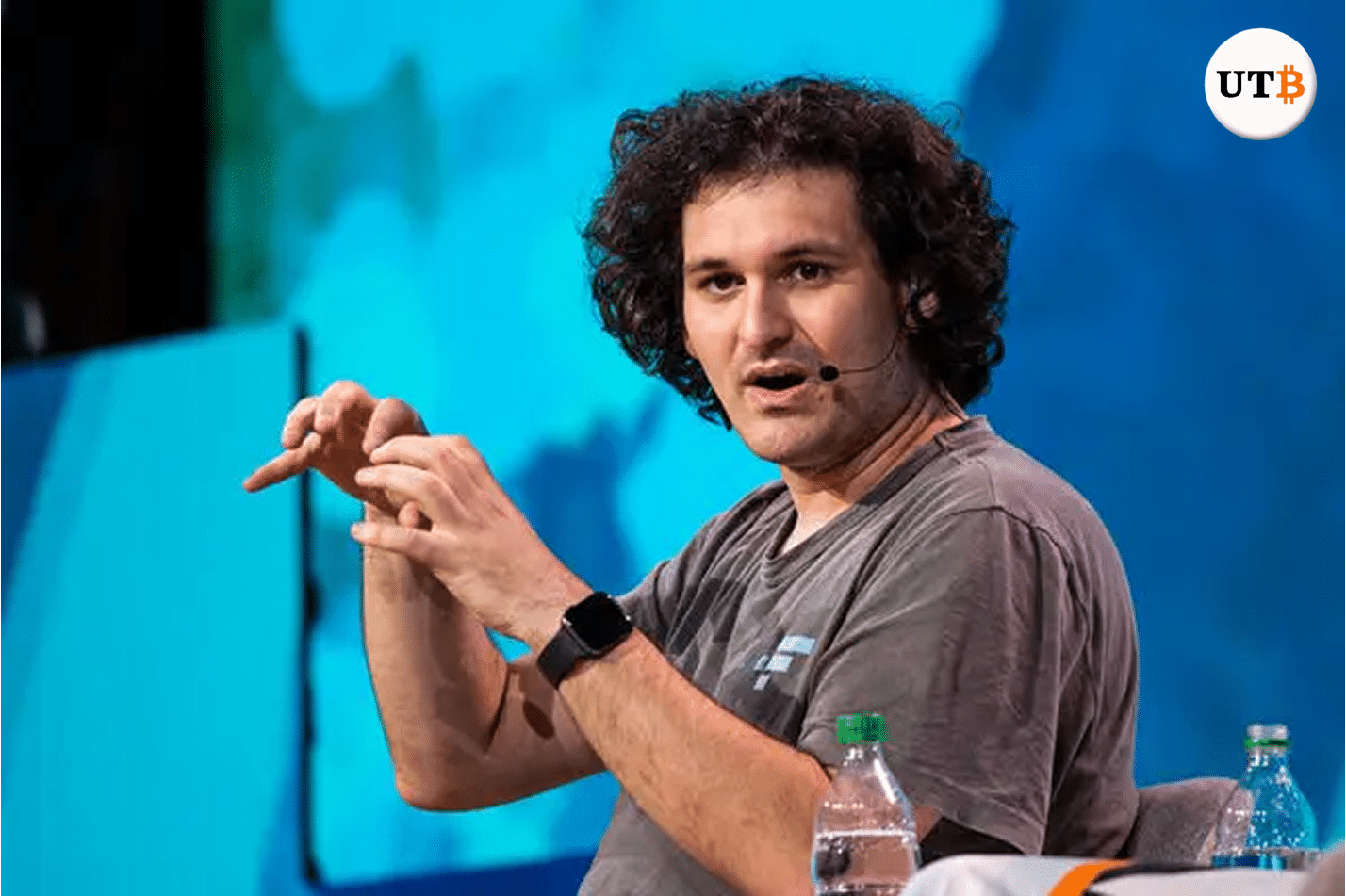Key Takeaways
- Charles Wayn co-founded Galxe, a platform for managing digital identities and credentials in Web3.
- He graduated from UC Berkeley in 2017 and co-founded Jianglin Technologies, a SaaS platform for fashion retailers.
- In 2021, he co-founded Bullet Labs, a Web3 venture studio that helped shape Galxe’s focus on digital identity and engagement tools.
Who Is Charles Wayn?
Charles Wayn co-founded Galxe, a decentralized platform that manages digital identities and credentials in the Web3 space. He earned a degree from the University of California, Berkeley 2017. During his studies, he co-founded Jianglin Technologies, a SaaS platform connecting fashion designers with retailers, which joined the Tencent Innovation Incubator in 2015.
Early Career and DLive
Charles Wayn began his journey in crypto after graduating from UC Berkeley with a degree in economics. In 2017, he co-founded DLive, a live-streaming platform built on the Steam blockchain. Later, the team created their blockchain, Reno, making it the first Cal-based blockchain.
DLive Acquisition
DLive focused on gaming content and quickly gained attention. In 2018, it reached a critical moment when PewDiePie, one of the world’s biggest content creators, joined as an exclusive streamer. This helped DLive grow and attract more users from both gaming and crypto communities.
Getting Into DeFi and Starting Galxe
While exploring DeFi, Wayn and his team became interested in how NFTs could work with decentralized finance. This led them to create an NFT-as-a-service platform, making it easy for businesses to develop and share NFTs with their communities.
Unlike NFTs used as collectibles or in-game items, their idea focused on real-world use. NFTs could serve as membership cards, achievements, or rewards for community engagement. The platform also made tracking and verifying user activity simple, which helped businesses reward members based on their participation. They introduced the term “credentials” to describe these activity-based tags.
Galxe’s Features
Galxe lets users run campaigns that reward community engagement. Tasks include swapping tokens, following a Twitter account, or joining a Discord server. NFTs are distributed through either custom smart contracts or Galxe’s existing ERC-721 contract, which allows DAOs to cover gas fees. Galxe ID links social accounts like Twitter and Discord, verifying user activity so brands can easily track engagement.
Galxe’s Unique Approach to NFTs
Instead of just creating NFTs, Galxe focused on tracking user activity. Their platform helped businesses see how people engaged and verified participation using “credentials”—a term Wayn admitted was not widely understood.
In Galxe, credentials act like tags that record user actions across different platforms. This made it easier for brands and Web3 projects to reward active users and build stronger communities.
Campaigns and Engagement Tools
On the Web3 Quest Podcast with Diksha, Wayn shared insights into Galxe’s engagement tools. The platform allows users to launch campaigns and events, set up quests with specific participation requirements, and distribute NFT-based rewards.
For example, a campaign might ask users to swap a certain amount of tokens, follow a specific social media account, or join a Twitter Space or Discord community. Users can claim NFT-based rewards once these tasks are completed, strengthening their connection with brands and projects.
Starting Bullet Labs
In March 2021, Wayn co-founded Bullet Labs, a Web3 venture studio focused on building blockchain-based products. The goal was to support new ideas in DeFi, NFTs, and digital identity, which later led to the creation of Galxe.
Wayn and his team saw a way to combine NFTs with credential systems, helping users build trusted reputations in Web3. This idea became the foundation for Galxe, changing how communities and businesses reward engagement with on-chain credentials.
Galxe’s Vision for On-Chain Credentials
Galxe was created to solve a big challenge in Web3—how to track and reward user activity across different platforms in a fair way. In regular online spaces, big companies control user data, making it hard for projects to see and reward participation clearly. Galxe introduced on-chain credentials, which let businesses, DAOs, and projects give rewards based on what users have done before.
With this system, projects can reward users for voting in governance proposals, making DeFi transactions, or joining Web3 community events.
Future of Galxe and Wayn’s Role in Web3
Wayn and his team are working to improve Galxe’s technology and features. They aim to make identity verification more secure while keeping it decentralized, connect more blockchains to grow the ecosystem, and use AI to create better engagement tools.
As Web3 grows, Wayn focuses on helping users and communities by building tools that make identity, engagement, and reputation systems easy to use and transparent.
Final Thoughts
Charles Wayn has helped shape digital identity in Web3. From DLive to Galxe, he has worked on tools that make tracking and rewarding user activity easier. Galxe uses blockchain, NFTs, and credentials to help businesses and communities see and reward real engagement. As Web3 grows, Wayn focuses on making digital identity more secure, connecting more blockchains, and improving online interactions for users and projects.
Check out these related articles.























